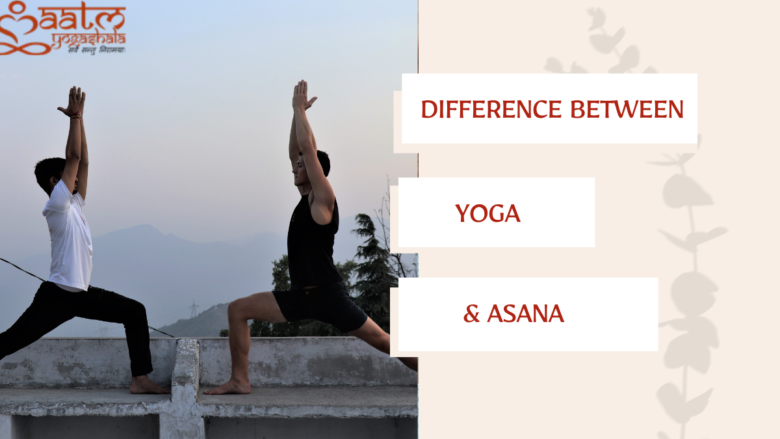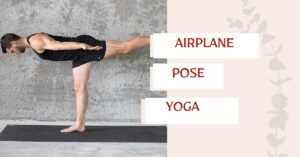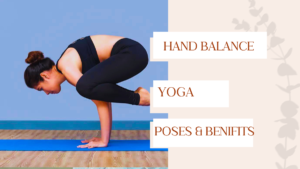🧘♂️Difference Between Yoga and Asana,In our global quest for health and wellness, yoga and asana stand as timeless pillars of physical, mental, and spiritual harmony, much like the teachings at Aatm Yogashala in Rishikesh🔥.
Yet, this is not simply a tale of two practices; it is a rich canvas of tradition, transformation, and tradition-meets-modern evolution, exemplified by the serene setting of Rishikesh.
This thought leadership article navigates through the serene waters of yoga and asana, as practiced and taught at Aatm Yogashala, not only drawing out their differences but unraveling the tapestry that binds and distinguishes these two powerful disciplines in the heart of Rishikesh.
What is Yoga and its benifits
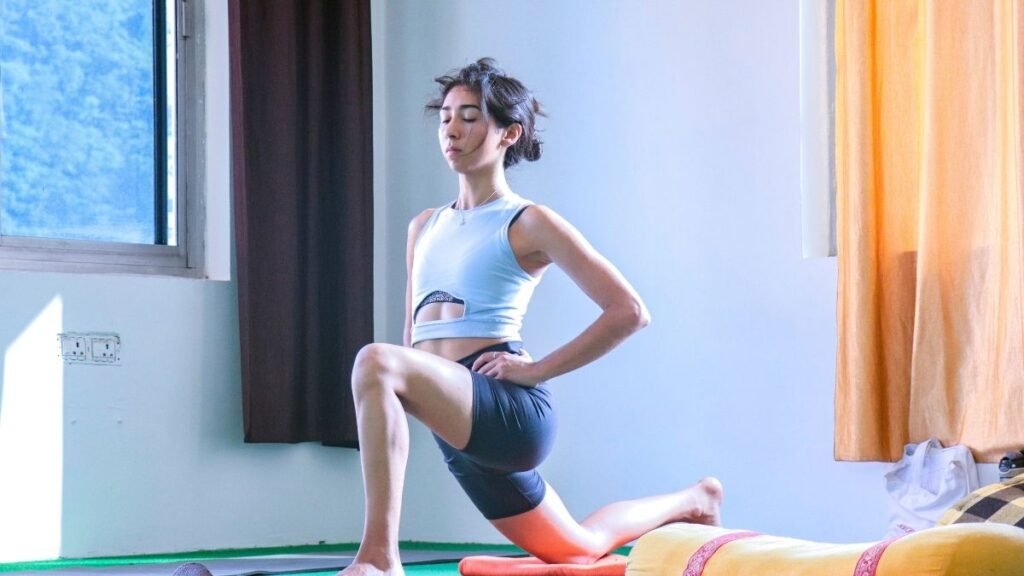
Yoga, at its core, is a holistic tradition that integrates physical, mental, and spiritual practices to enhance overall well-being. Its benefits extend far beyond the physical realm, touching every facet of a practitioner’s life:
Regular yoga practice enhances physical flexibility by stretching and toning the body muscles, which leads to improved flexibility and a reduced risk of injury. It also builds muscle strength.
Besides improving flexibility, yoga aids in strengthening the muscles, balancing flexibility with the strength required for physical stability. Furthermore, yoga promotes mental health by widely being recognized for its ability to reduce stress and anxiety through mindful practices and meditation, fostering a calm, peaceful state of mind.
What is Asana?
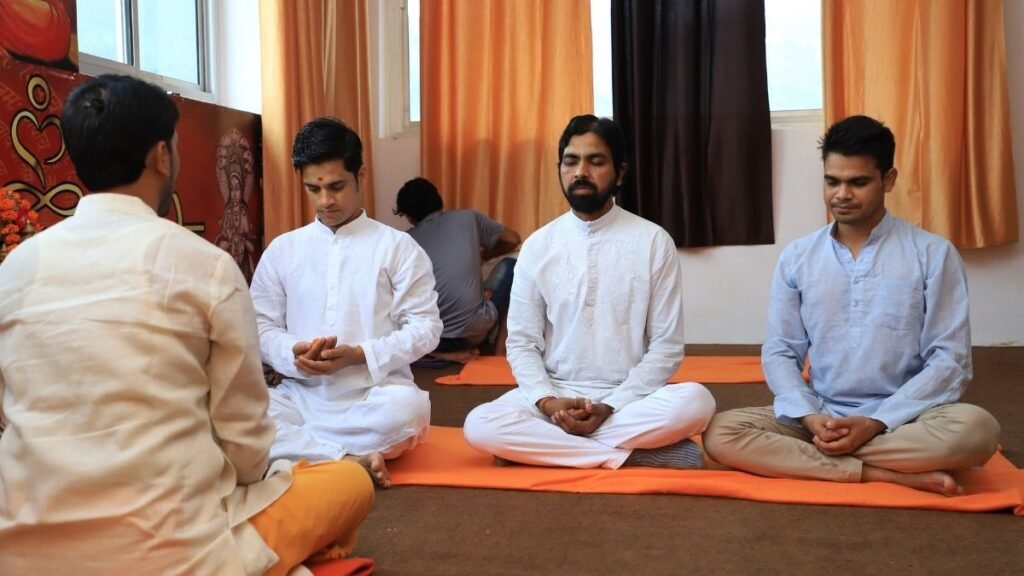
Asana, often conflated with yoga itself, specifically refers to the physical postures or exercises that are just one aspect of the broader yoga tradition. It was traditionally designed to prepare the body for prolonged meditation, by enhancing physical strength and flexibility.
The practice of asanas brings about numerous benefits, the likes of which includes:The practice of asanas is accessible to people of all ages and fitness levels, serving as a foundational element of physical activity in the broader context of yoga.
10 Major difference between yoga and asana?
Yoga is a comprehensive practice that encompasses physical postures (asanas), breathing techniques, meditation, and a philosophical way of living. Asana refers specifically to the physical postures of yoga, which are designed to purify the body and provide physical strength and stamina, serving as a stepping stone toward the deeper spiritual aspects of yoga.
| Aspect | Yoga | Asana |
|---|---|---|
| Definition | A holistic discipline integrating physical, mental, and spiritual practices. | The physical postures or exercises within the yoga tradition. |
| Scope | Encompasses asanas, breathing exercises, meditation, and ethical living. | Limited to physical postures designed for enhancing physical flexibility and strength. |
| Objective | Aims at achieving overall well-being, enlightenment, and a deeper connection with the self. | Primarily focuses on physical health, preparing the body for meditation. |
| Benefits | Extends to mental, physical, and spiritual realms, improving overall quality of life. | Concentrates on improving physical aspects like strength, flexibility, and stamina. |
| Practice Duration | Can include lengthy sessions involving meditation and chanting in addition to physical postures. | Usually involves shorter sessions focused on physical activity. |
| Skill Level | Encompasses a range of practices suitable for all levels, from beginner to advanced. | Can be practiced at varying levels of difficulty, but generally accessible to all fitness levels. |
| Cultural Significance | Deeply rooted in ancient Indian philosophy and spirituality. | While important, it is often viewed as a subset of the broader yoga practice. |
| Accessibility | Depending on the practice, might require guidance from a knowledgeable teacher for deeper spiritual aspects. | Postures can be learned and practiced independently for physical benefits. |
| Tools | May include meditation aids, such as mats, cushions, and sometimes musical instruments for chanting. | Mainly requires a yoga mat and, optionally, props like blocks and straps for support. |
| Community Aspect | Often involves communal practices, workshops, and retreats that encompass more than just physical exercises. | Typically centered around classes focused on achieving physical fitness and mastery of postures. |
Best School for Yoga and Asanas
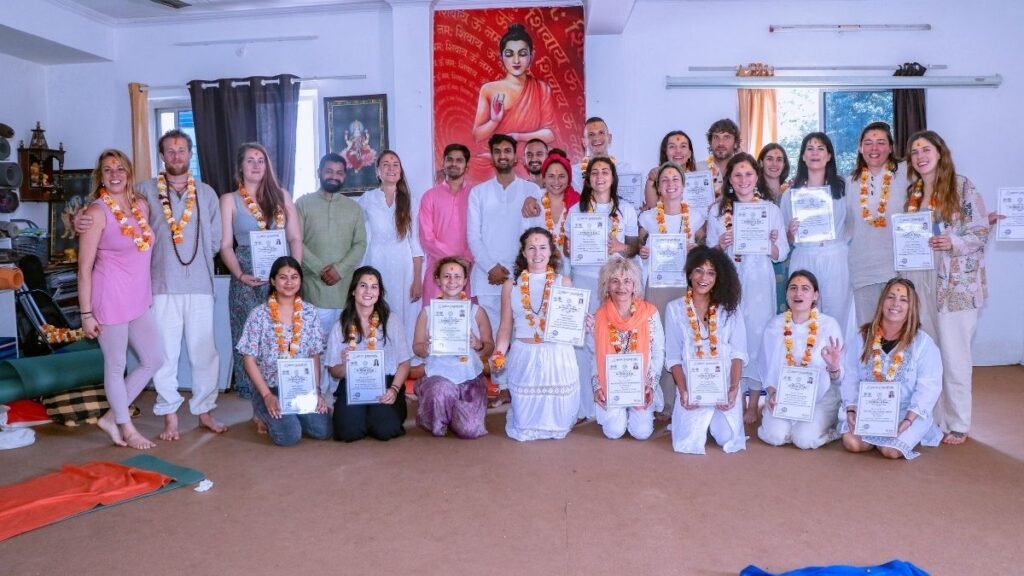
At AatmYoga Shala, students are guided by seasoned instructors whose expertise and dedication foster an environment of profound learning and personal growth. The Shala’s commitment to preserving the purity of yoga tradition, while innovating to address the individual needs of each student, makes it an ideal choice for anyone looking to start or deepen their yoga practice.
Whether you are seeking physical wellness, mental clarity, or spiritual awakening, AatmYoga Shala provides the tools, community, and support necessary to explore the vast landscape of yoga and emerge transformed.
Our Gallery
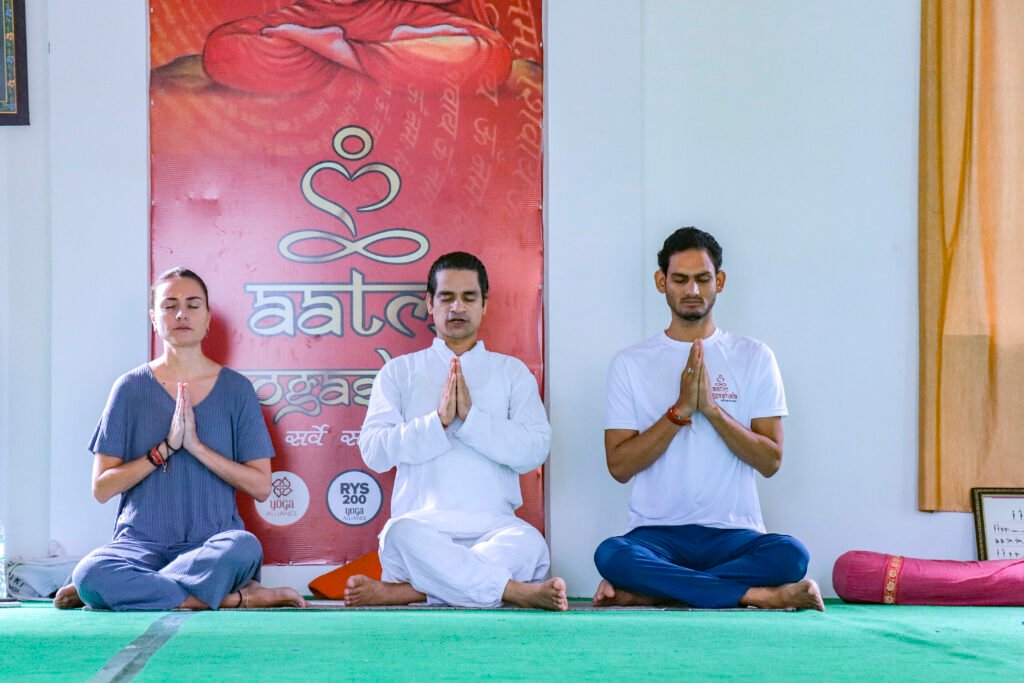
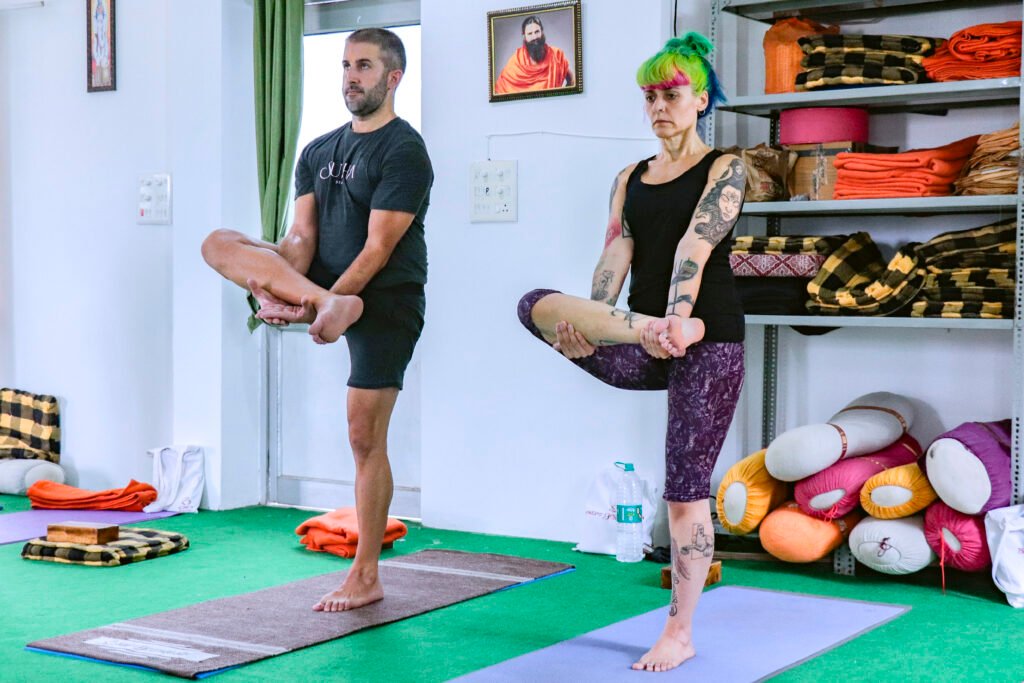
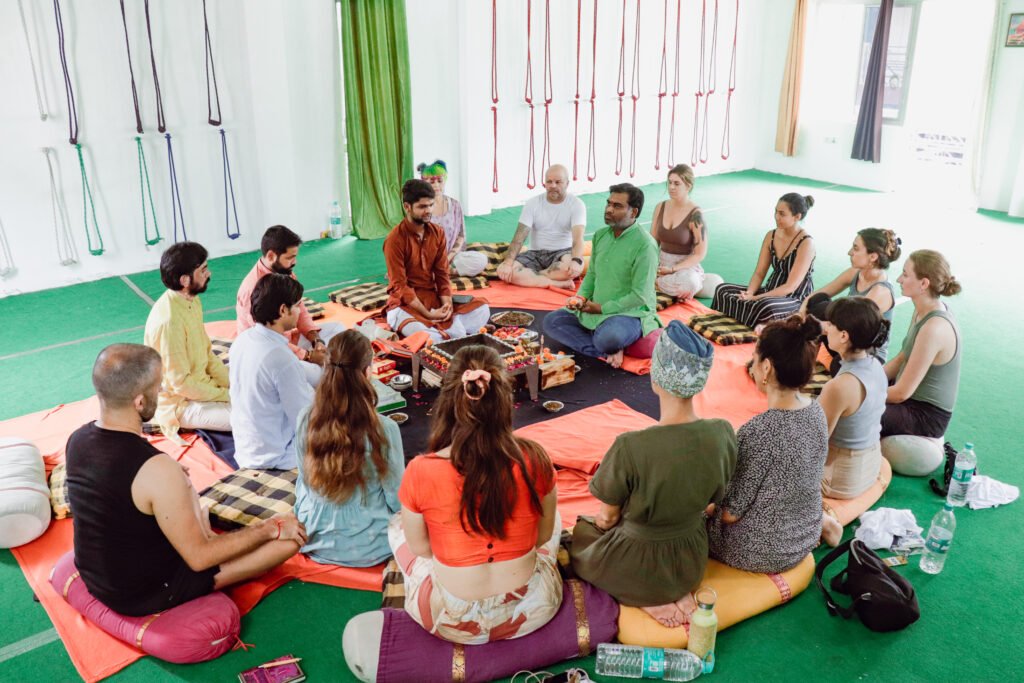

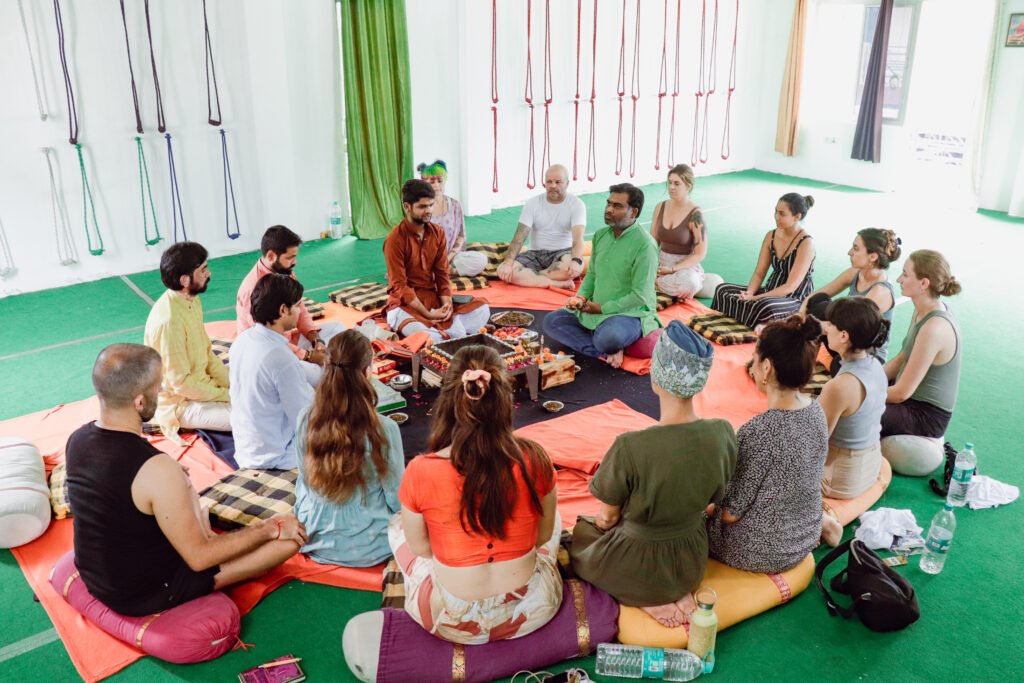


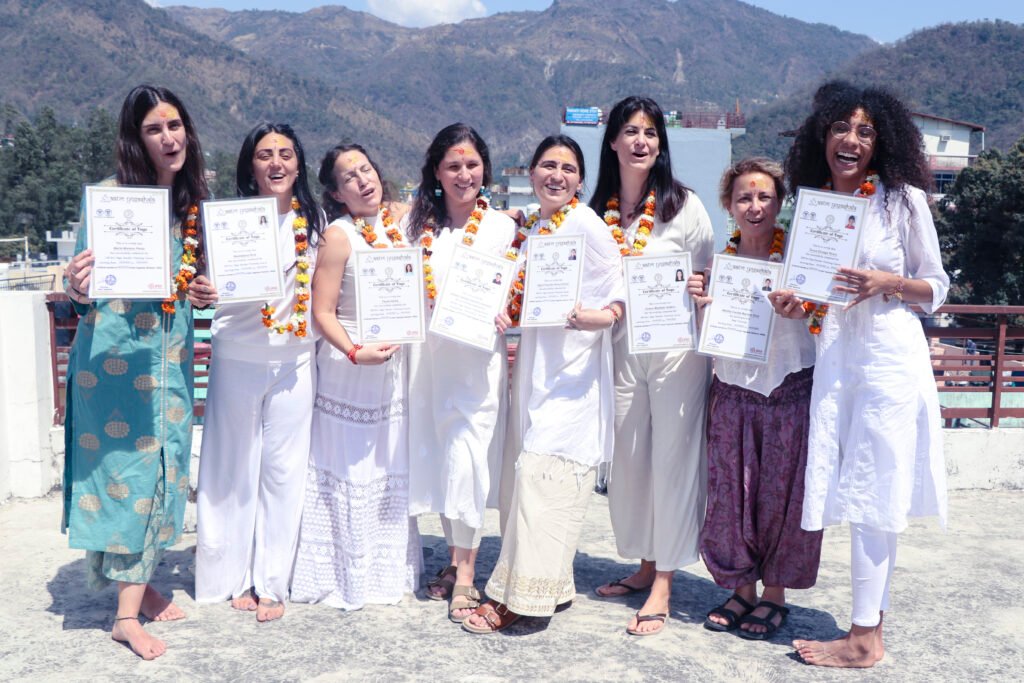
Origins and Philosophy

The roots of yoga run deep, stemming from ancient Indian scriptures like the Vedas and Upanishads, and further blossoming in texts like the Bhagavad Gita and Yoga Sutras of Patanjali. Yoga is a comprehensive spiritual path that involves moral conduct (yamas), self-discipline (niyamas), physical postures (asana), breath control (pranayama), withdrawal of the senses (pratyahara), concentration (dharana), meditation (dhyana), and divine absorption (samadhi).
On the other hand, asana, often misunderstood as yoga itself, pertains specifically to the physical postures. Asana is the third limb of the eightfold path in Patanjali’s Yoga Sutras, designed to prepare the body and mind for meditation.
The focus of the asana is to be still and comfortable, a seat for the body and a platform to explore the limitations of the mind. Understanding the origins and the philosophies reveals how asana finds home within yoga, not as the sole tenant but as an essential reminder of balance within the self.
Also Read:Yoga & Asanas in 200 hour yoga ttc
Physical Practice – Postures and Poses

The physical practice of yoga and asana is where most people begin their journey, seeking flexibility, strength, and improved physical health. Yoga embraces a spectrum of physical practices, with asana being one significant expression.
It encompasses standing, seated, inversions, twists, backbends, and forward folds, each with a specific purpose and often performed in a sequence (vinyasa or krama).
Asana, however, is more rigid in its implementation, focusing on precise alignment and holding postures for allotted times, with a greater emphasis on mastery of the body than the flow between poses.
This precision resonates from the Hatha Yoga Pradipika, where itineraries of physical practices were codified. The discipline demanded by asana is a gateway to discipline of the mind, a step that yoga further polishes within its spectrum of practices.
“The asana practice is an opportunity to learn to love yourself more and, from that love, learn to love all that arises. All of it.” —Aatm Yoga Shala
Mental and Emotional Alignment
The mental and emotional aspects of the two practices are often the most overlooked yet crucial differences. While both yoga and asana foster mindfulness and stress relief, yoga’s comprehensive approach extends into the realms of meditation, mantra (sacred sound), and mudra (symbolic gestures).
The intention is to create harmony within, leading to a tranquil state of mind and a deeper connection to the divine, whatever that might mean for the practitioner.
On the other hand, the focus of asana is predominantly on maintaining the pose – it’s about physical alignment as a metaphor for mental alignment. Regular practice is believed to instill patience, along with an awareness of breath and body
Each of which is a preparation for moving beyond the physical to the mental realm. The contrast highlights how yoga encompasses asana within its polychromatic design, reminding us that the postures are not the end but the means to an end.
Cultivating Spiritual Growth
The spiritual dimensions of yoga and asana mark the most profound divergence. Yoga, in its expansive meaning, represents a spiritual union with the divine or the collective consciousness. It urges the practitioner to seek unity in all things, ultimately fostering a sense of oneness with the universe.
This is often pursued through practices of meditation and self-inquiry, aiming to transcend the ego and its boundaries.Asana, while not devoid of spiritual significance, is more a step toward spiritual growth.
A way to prepare the body and mind for the meditative practices, and thus, a facilitator rather than the destination itself. This delineation is not a division but a gentle reminder that asana can indeed become yoga, provided the practitioner layers the physical with spiritual intent.
Modern Trends and Practices
In today’s wellness landscape, yoga and asana have been adopted and adapted to match the pulse of contemporary living. Yoga has morphed into various styles – from the vigorous flow of Vinyasa to the precise alignment of Iyengar, and the healing focus of Restorative.
Each catering to the specific pace and needs of the modern individual, fusing traditional wisdom with the dynamism of contemporary life.
Likewise, asana has experienced an evolution. The fitness industry has appropriated certain aspects of the practice, focusing on its physical benefits to create a niche market.
While this has expanded the accessibility of aspects of asana, it’s important to recognize and celebrate the broader context of the practice that has been instrumental in the wellness we crave.
Finding the Right Guide
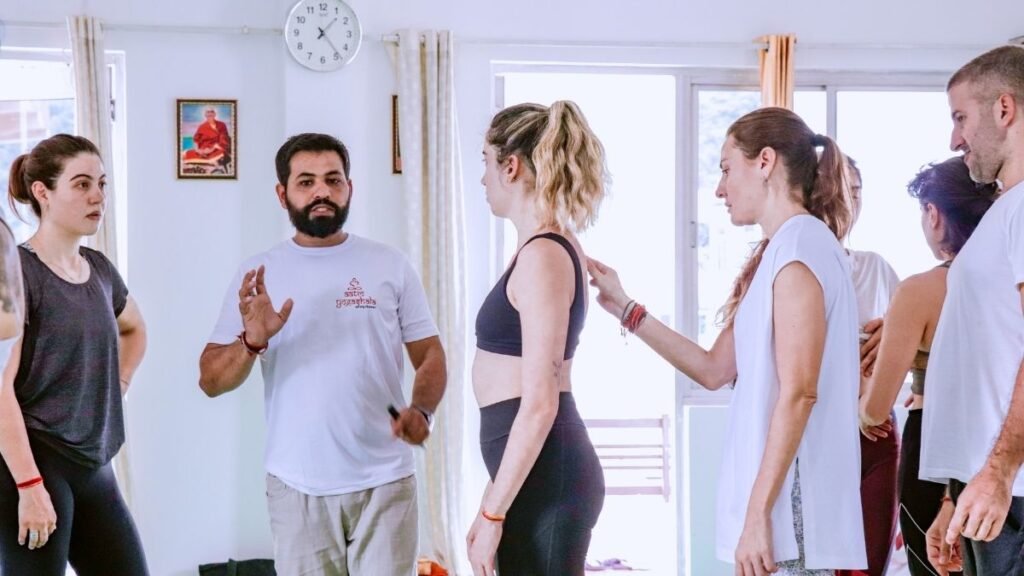
A crucial aspect often disregarded is the role of qualified instructors in both yoga and asana. Proper guidance is paramount when venturing into these practices. A good teacher will not only demonstrate poses or breathing techniques but will provide a holistic understanding of the practice – its history, philosophy, and embodied application.
They act as mentors, tailoring the practice to the unique needs and capacities of the student, ensuring that the wisdom of the practice is not lost in animation but preserved in its integrity.
Starting Your Practice
For those beginning their yoga or asana practice, the key lies in starting small and being consistent. Whether it’s a daily sun salutation or a weekly class, regularity and steady progress are more beneficial than occasional intense sessions. It’s also important to remember that the practice is largely personal and attuned to individual growth. Patience is the name of the game, and the fruits of practice are borne with time.
A Stepping Stone or a Journey’s End?
For many, asana might be a stepping stone to the broader reach of yoga. The practice of postures can serve as an introduction, inspiring individuals to explore the depths of a complete yogic path. Alternatively, asana in its focused rigor can be a complete practice in itself, offering physical well-being and mental discipline without the need for the vastness of yogic exploration.
Testimonials and Stories by Aatm Yoga Shala
Through the experiences of the disciples at our Atm Yoga Shala, we delve into the depths of the impact of yoga and asanas. Personal journeys highlight the significance of these practices, showcasing the possibilities of transformation. There are countless stories – through patience, awakening, and the search for a new purpose. In this, we see how both practices have a common lineage, which ties their differences and similarities together.
Conclusion Difference Between Yoga and Asana
The dialogue on yoga and asana is a symphony of discovery, personal experience, and shared wisdom. It is a call not just to practice but to understand and respect the traditions that underpin our wellness pursuits. Whether we choose the expansive path of yoga or the focused discipline of asana, what is most important is our intention and dedication to the practice. It is in the authentic engagement that we truly grow, not merely in physical prowess but in the rich tapestry of well-being, one that understands and celebrates each thread for its unique contribution to the whole.
FAQs For Difference Between Yoga and Asana
Can beginners practice advanced yoga asanas?
Beginners should start with basic yoga asanas and gradually progress to more advanced postures under the guidance of a qualified instructor. Jumping directly into advanced asanas without proper preparation can lead to injury and counteract the benefits of the practice.
How often should I practice yoga or asana?
The frequency of practice depends on individual goals, schedules, and physical capacity, but consistency is key. Even a short daily practice can be more beneficial than longer, less frequent sessions. Beginners might start with a few times a week and gradually build up to daily practice.
Do I need special equipment to practice yoga or asana?
While no special equipment is required to start practicing yoga, using a yoga mat can provide comfort and stability for both standing and seated postures. Over time, you may find it helpful to use props such as blocks, straps, or bolsters to assist in certain asanas, especially as you explore more advanced practices.
Can yoga or asana help with stress and anxiety?
Yes, yoga and asana are widely recognized for their ability to reduce stress and anxiety. The physical practice of asana combined with breathing exercises and meditation can calm the mind, relieve tension in the body, and promote relaxation, contributing to overall mental and emotional well-being.

